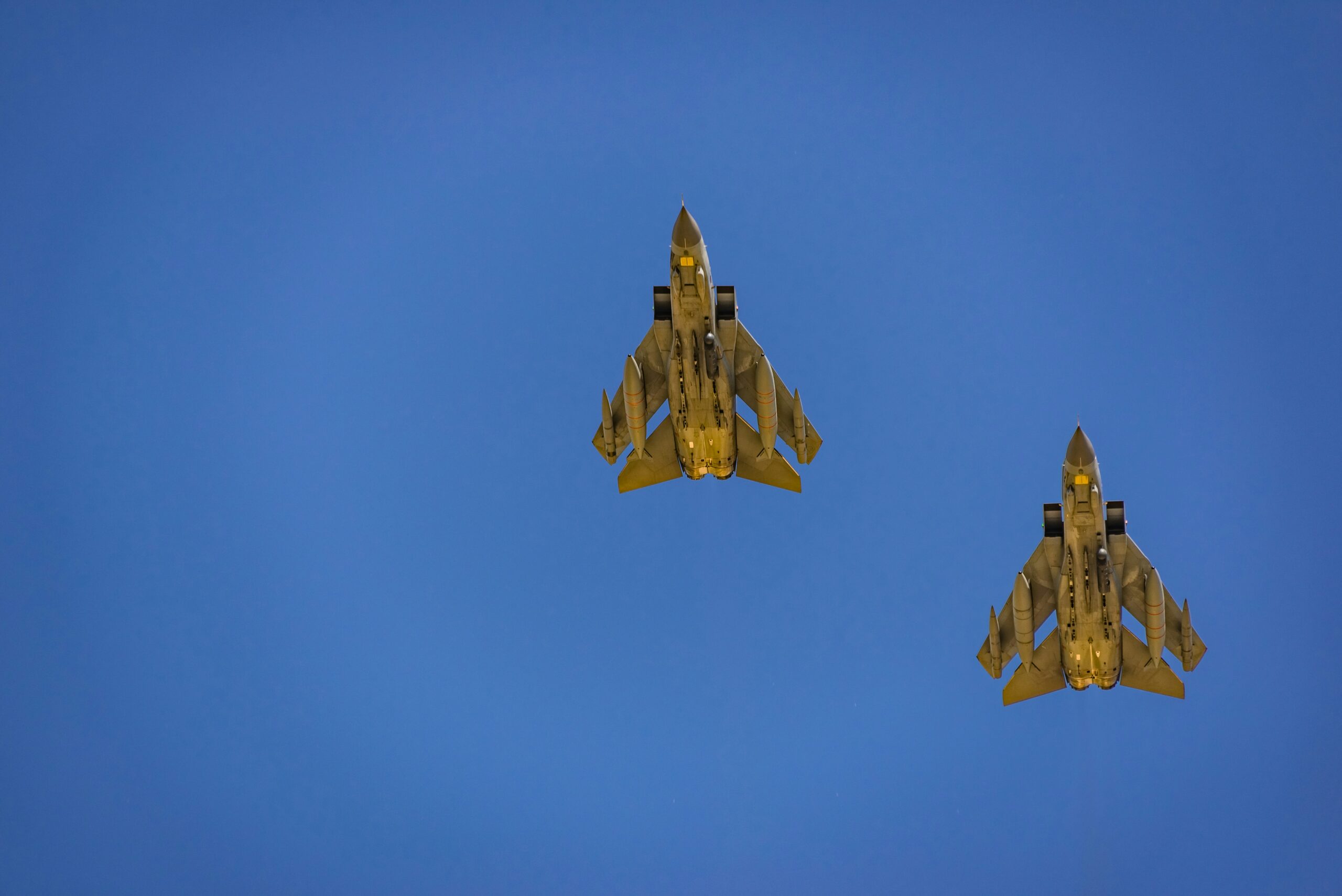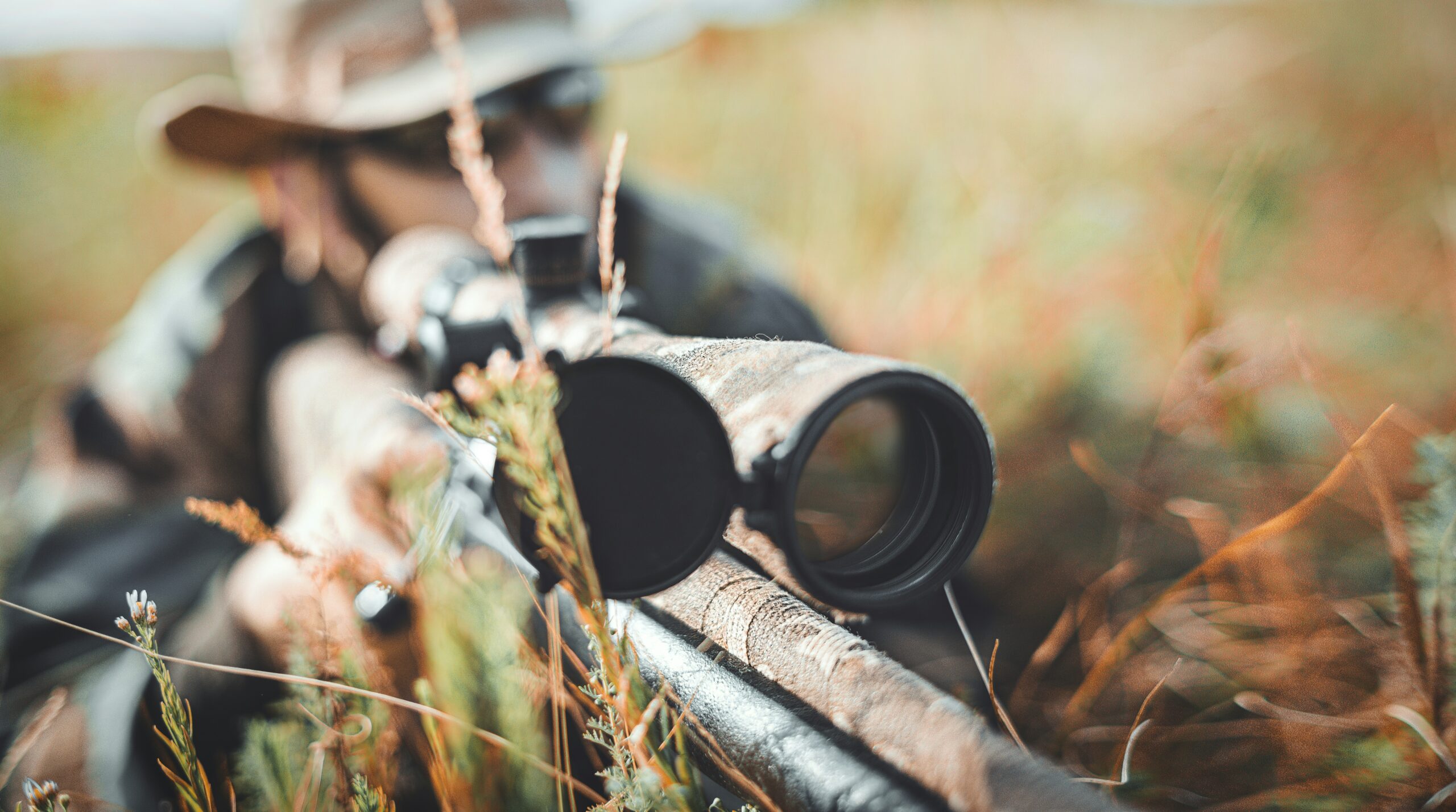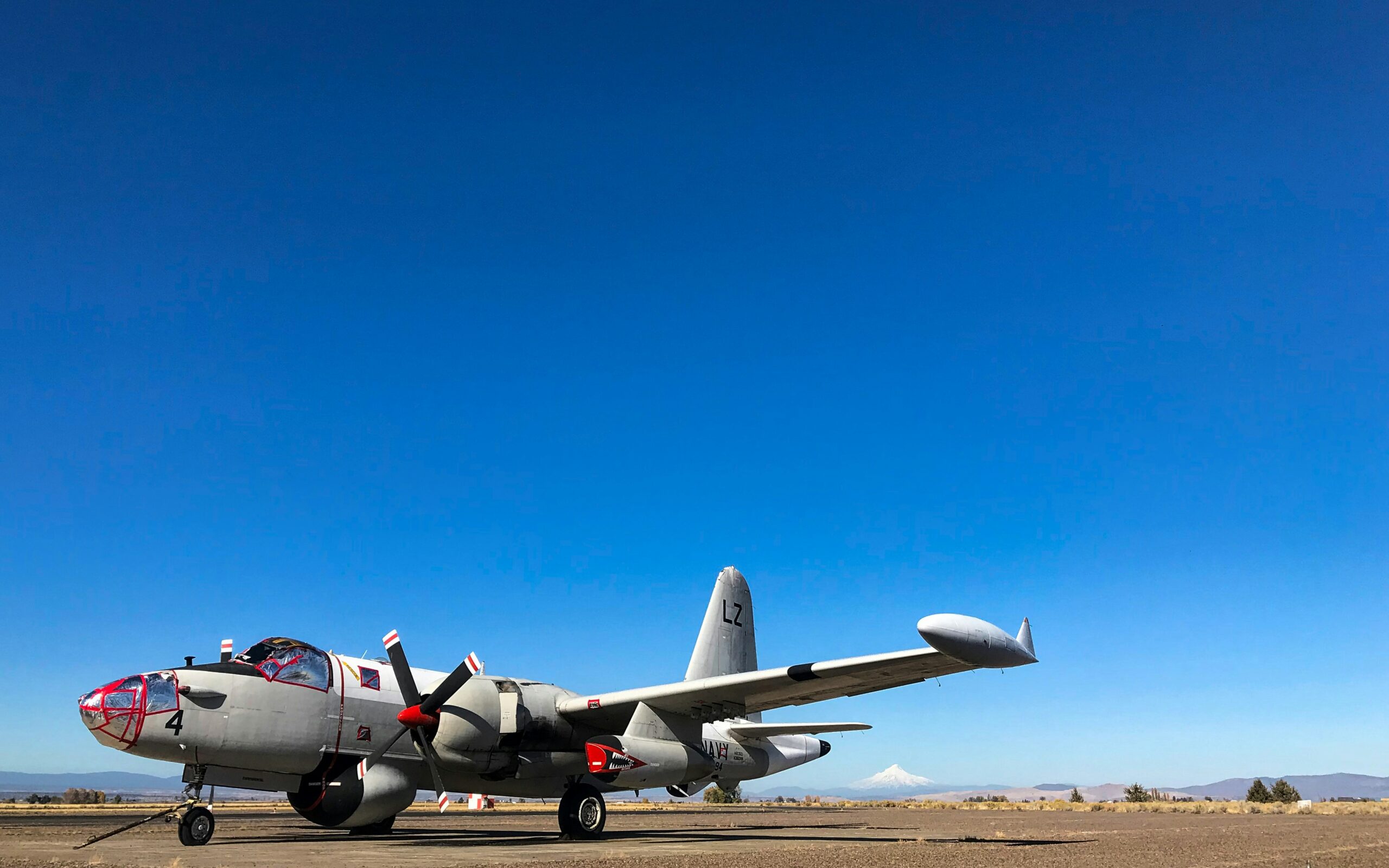Have you ever wondered what kind of binoculars the US Army uses? It’s an interesting question that embodies both the mysteries of military equipment and the technological advancements that have shaped how modern armies operate. As it turns out, the binoculars used by the US Army are more than just tools for seeing into the distance—they are powerful instruments that significantly aid in both strategic planning and field operations.

Why Binoculars Matter in Military Operations
In order to understand the importance of binoculars in military settings, you need to first appreciate what they bring to the table. Binoculars enable soldiers to see across vast distances with clarity, which is essential for recon and situational awareness. In a field where every second and every decision could mean the difference between mission success and failure, having precise visual tools is indispensable.
Situational Awareness and Strategic Advantage
Using binoculars in combat scenarios can dramatically enhance situational awareness. For instance, soldiers can identify potential threats, assess enemy positions, and observe battlefield dynamics in real time. This capability provides a significant strategic advantage, allowing military units to plan maneuvers in a much safer and more efficient manner.
Versatility in Harsh Environments
The binoculars utilized by the US Army aren’t the ordinary ones you might use on a camping trip. These are rugged, robust tools designed to withstand harsh conditions, including extreme temperatures, moisture, and impact. Their durability ensures that service members can rely on them irrespective of the environment they find themselves in.
The Types of Binoculars Used by the US Army
You might think all binoculars are created equal, but military-grade binoculars diverge greatly from civilian models in terms of both design and functionality. The US Army employs a variety of types to meet different operational needs.
M22 Binoculars
One of the most commonly used models is the M22 binocular. Known for its exceptional optical performance, the M22 has been a staple piece of equipment within the Army for years. With features like a 7x magnification and 50mm objective lenses, these binoculars offer a crisp and clear image that is vital in reconnaissance missions.
| Feature | M22 Binoculars |
|---|---|
| Magnification | 7x |
| Objective Lens | 50mm |
| Weight | Approx. 2 pounds |
| Field of View | 374 feet at 1,000 yards |
M24 Miniature Binoculars
The M24 miniature binoculars are another crucial tool used by the army. While they offer slightly less magnification at 7x, their compact size makes them highly portable. These binoculars are perfect for missions requiring stealth and quick maneuverability, ensuring soldiers can carry them without adding undue weight.
| Feature | M24 Binoculars |
|---|---|
| Magnification | 7x |
| Objective Lens | 28mm |
| Weight | Approx. 0.9 pounds |
| Field of View | 380 feet at 1,000 yards |
Advanced Optics Systems
While the M22 and M24 serve as the backbone for general use, the US Army also incorporates cutting-edge technology, such as the AN/PVS-14 night vision devices, to enhance night-time operations. These systems allow soldiers to spot targets and navigate in total darkness, adding another dimension to their visual capabilities.
Technical Features and Innovations
The binoculars employed by the US Army incorporate a range of advanced features and innovations designed to facilitate their use under challenging conditions.
Anti-Reflective Coating
One standout feature is the anti-reflective coating applied to the lenses, which reduces glare and enhances image contrast. This feature is especially useful in bright sunlight or reflective environments like snowy landscapes.
Fog and Waterproofing
The best binoculars for military use are also fog-proof and waterproof, ensuring that poor weather conditions do not impede their effectiveness. Units are often nitrogen-purged, preventing internal fogging and allowing for constant clarity of vision.
Reticle Patterns
Unlike typical consumer-grade binoculars, many military models include built-in reticle patterns. These patterns assist users in gauging distance and determining the size and movement of objects in their field of view.
How Binoculars Impact Military Strategy
It’s not just the technology that makes these tools valuable; it’s how they’re employed within military strategy. The effective use of binoculars can lead to more informed decision-making, ultimately affecting the outcome of operations.
Reconnaissance and Surveillance
Both reconnaissance and surveillance are core components of military operations. Binoculars assist scout teams in observing and reporting enemy positions, thereby helping to shape the command’s strategy. This information allows for effective deployment of units and assets.
Target Acquisition
In direct combat scenarios, binoculars aid in target acquisition. They enable shooters to confirm distances and details that are crucial for aiming and firing accuracy. This capability can be especially crucial in avoiding collateral damage and ensuring mission success.

Real-World Applications of Military Binoculars
You may wonder how these capabilities manifest in real-world scenarios. Military operations in diverse environments, such as deserts, jungles, and urban settings, all require distinct strategies that binoculars can assist with.
Desert Operations
In desert operations, the high temperatures and piercing sunshine can render ordinary visual equipment useless. However, military-grade binoculars with sun-shielding features and heat resistance prove invaluable, allowing soldiers to monitor vast stretches of land with ease.
Jungle Warfare
In jungles, where visibility is limited by dense foliage, high-magnification optics enable soldiers to see through the underbrush and identify potential threats. These binoculars often incorporate camouflage designs to merge seamlessly with the environment, enhancing stealth operations.
Urban Combat
In urban settings, operations can be more complex due to the multitude of structures and obstacles. Binoculars help soldiers identify targets and potential threats in intricate layouts, such as high-rise buildings and narrow alleyways.
Training and Skill in Using Military Binoculars
As impressive as the technology is, it’s the soldier’s skill in using these devices that truly makes the difference. Training is essential to proficiently operate and leverage these sophisticated tools.
Initial Training
Initial military training encompasses familiarization with all field equipment, including binoculars. Soldiers learn how to adjust magnification, focus, and use reticle patterns for target assessment.
Advanced Techniques
For more specialized units, advanced techniques for binocular use are taught. These techniques focus on interpreting data, such as range estimation and movement tracking, that can be crucial during operations.

The Future of Military Optics
As with most technology, the landscape for military optics is ever-evolving. Future developments are likely to emphasize not only increased performance but also integration with other digital systems.
Integrated Systems
One of the most promising advancements is integrating binoculars with digital communication networks, allowing for real-time data sharing among units. This innovation could streamline operations and ensure cohesiveness in strategy and execution.
Augmented Reality Technology
Augmented reality (AR) is another fascinating frontier. Envisage binoculars that not only display the landscape but overlay crucial information about terrain, targets, and more directly into the user’s field of view. This could transform situational awareness entirely.
Conclusion
So, what binoculars do the US Army use? It’s a combination of rugged, reliable, and technologically advanced optics like the M22 and M24, designed for precision and adaptability in a multitude of environments. These tools are not just about seeing farther; they are pivotal in shaping military strategy, enhancing situational awareness, and ensuring mission success. Whether used for reconnaissance, surveillance, or direct engagement, military binoculars are an essential component of modern warfare, evolving as technology progresses to provide safer and more efficient operations. Understanding their role and capabilities offers insight into the sophisticated nature of modern military equipment and its impact on strategic maneuvers.
